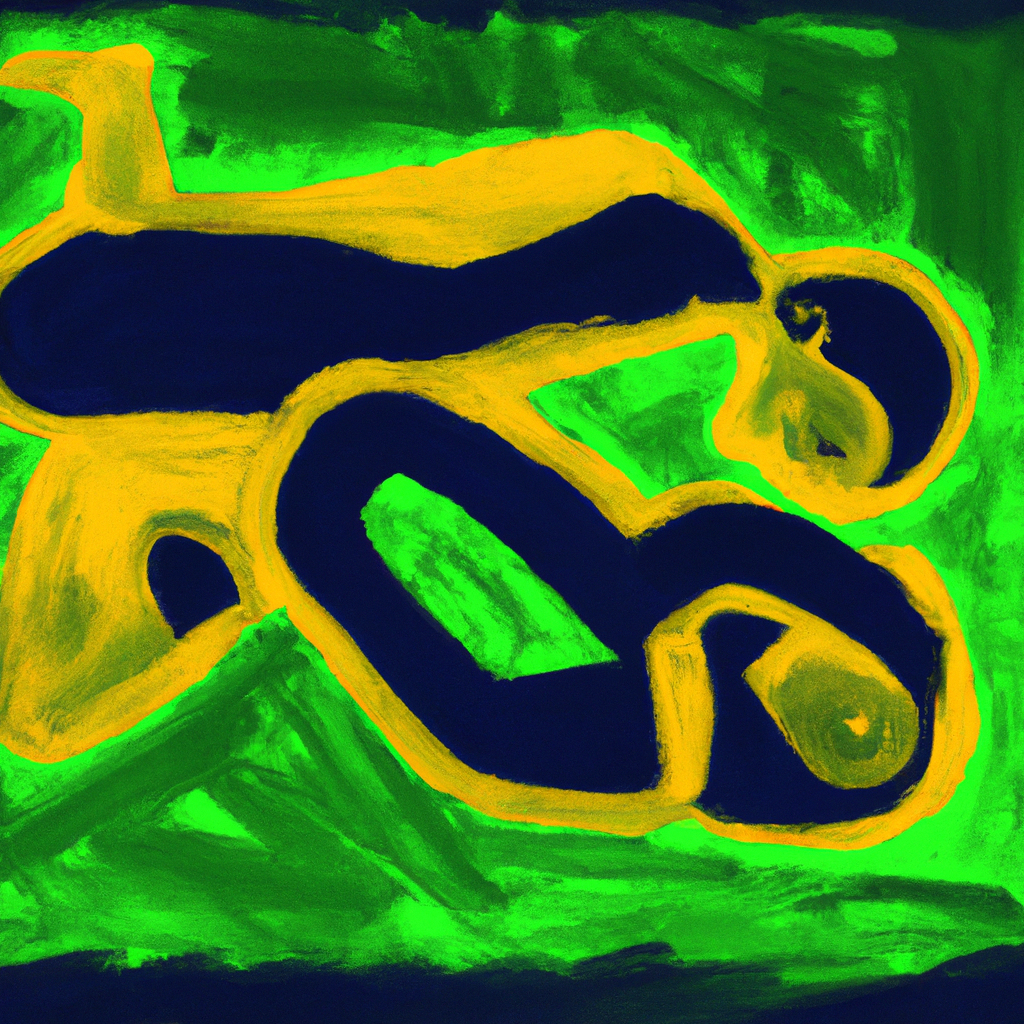
If you’ve been on TikTok or a dating app in 2025, then you’ve probably heard of attachment styles.
Attachment styles are a widely discussed topic, and for good reason; attachment styles characterize our interactions with friends, family, and acquaintances, as well as how we respond to various scenarios, such as conflict, vulnerability, and communication.
There are four attachment styles: anxious, avoidant, disorganized, and secure attachment. As you read through the different attachment styles and how they present themselves, remember these three things:
- There is a spectrum to each attachment style, so you won’t necessarily match up with all the characteristics mentioned (and that’s okay)
- Generally, we respond with a ‘default’ attachment style; however, different people or situations can bring out different attachment styles in an individual.
- There are varying degrees in every attachment style, so different people react differently
- An attachment style is not fixed and can be altered through self-awareness, behavioral changes, and therapy. You have the power to control who you are and how you react; you do not have to be defined by your learned attachment style.
John Bowlby originally developed the attachment theory in the 20th century, which characterizes how early interactions with caregivers shape our emotional bonds and behavior as we grow up. Understanding your attachment style is key to fostering understanding and developing fulfilling relationships. However, it is key to note that, like all theories, it has its shortcomings. Moreover, much like MBTI tests or other personality tests, it is not a comprehensive presentation of who you are and how you act; it is simply a tool that can help to clarify some influencers of your behavior. It is not prescriptive or final.
Anxious Attachment
People who are anxiously attached worry most about their relationships and their security. They fear abandonment due to their deep desire for closeness and fear of rejection. Those with an anxious attachment can present with behaviors like over-dependence on reassurance from their friends, partners, and families, as well as clinginess. The constant need for validation and closeness can also be seen in people with this style. This can become straining for both the anxiously attached person and the people they interact with.
About 20% of the population has this attachment style. This attachment can stem from a childhood where the person felt ignored, unseen, and in need of deeper connections with the people around them. In adulthood, this can look like an anxiously attached person interpreting quiet moments as detachment, lack of reassurance as signs of abandonment, and lack of quality time as disinterest, even if that isn’t the intention.
If this is your attachment style, some ways to manage the thoughts of abandonment and insecurity are to ensure you communicate your needs clearly and incorporate the needs of the people you have a relationship with. Try making a list of your needs and why they’re important to you, then ask the people you want to share this with for a chat where you can both share your needs. You’ll find yourself feeling more relaxed and clear, and you’ll find people meeting your needs better due to the clarity. However, if you have concerns and feel the need to get a professional opinion, speaking to a therapist is a great way to get clarification as well!
Avoidant Attachment
This is often characterized as the polar opposite of anxious attachment. It typically manifests as an over-reliance on the self. Avoidant individuals tend to prioritize independence and self-sufficiency over emotional closeness. This may stem from experiences where relying on others or being vulnerable led to disappointment or hurt. As a result, people with this attachment style tend to be wary of seeking help from others, which leads to suppressing or dismissing emotions and struggling with commitment and vulnerability. However, withdrawing and struggling to open up strains relationships, from romantic to platonic, to familial.
The avoidant coping mechanism stems from interactions where the individual has felt let down, emotionally unsafe, or ridiculed. These interactions can include dismissive family and friends and situations where an individual's emotional needs aren’t met, especially when these events are recurring. Roughly 25% of people exhibit avoidant attachment tendencies.
If this is your attachment style, one way to engage in vulnerability is by voicing when you need time and space to process your emotions and letting the other person know when you’ll be ready to talk. This allows you time to process in a way you’re comfortable with while still being considerate of other people's needs. This is a good way to avoid withdrawing without warning and straining your relationships.
Disorganized Attachment
If anxious and avoidant attachment are opposites, disorganized attachment is a combination, showcasing characteristics of both styles. This is the rarest occurring attachment style, with approximately 15% of the population falling under it.
People with a disorganized attachment style struggle with emotional regulation and trust. They fluctuate from needing closeness to pushing people away. This stems from childhood experiences with both comfort and distance from their caregivers. They could have been both disregarded and unseen, as well as emotionally safe and unsafe. Therefore, depending on the situation, their emotional expression may vary. This makes for a very unpredictable, chaotic pattern of behavior, which can cause inconsistency and confusion in various situations and relationships.
If this is your attachment style, you may want to document your different interactions, whether it’s behavior, internal feelings, emotions, or after-effects. That way, you can better see your pattern of behavior and understand what affects you, how you react, and why.
Secure Attachment
This attachment style is the most balanced. Securely attached individuals are comfortable with intimacy and vulnerability and have a balanced approach to relationships. They can be dependent on others, and in turn, are dependable. Additionally, research shows that a range of about 38-66% of the population exhibits a secure attachment style!
People with this style have better emotional regulation as well as healthier conflict resolution. This results in more solid, safe, and secure relationships, which in turn result in a healthier level of social connection.
Compared to anxiously and avoidantly attached individuals, securely attached people report higher self-esteem and relationship satisfaction. Research has shown that if you are anxiously or avoidantly attached, it is possible to develop a secure attachment over time. This can be done through therapy and deep self-work.
If this is your attachment style, keep it up! A great way to ensure you continue to be securely attached is to schedule emotional check-ins with the different people you have a relationship with to ensure you keep fostering healthy emotional interactions.
Conclusion
Regardless of your attachment style, it is key to ensure that you are able to lean on your community and have them lean on you. It is also important to note that you are not tied to your attachment style; you can unlearn and change your patterns, behaviors, and responses, and while it may not feel easy, it’s doable and worthwhile. While you work through it, remember, no attachment style is "bad", understanding yourself and working on yourself is commendable and will hopefully help you navigate interpersonal relationships better.




















